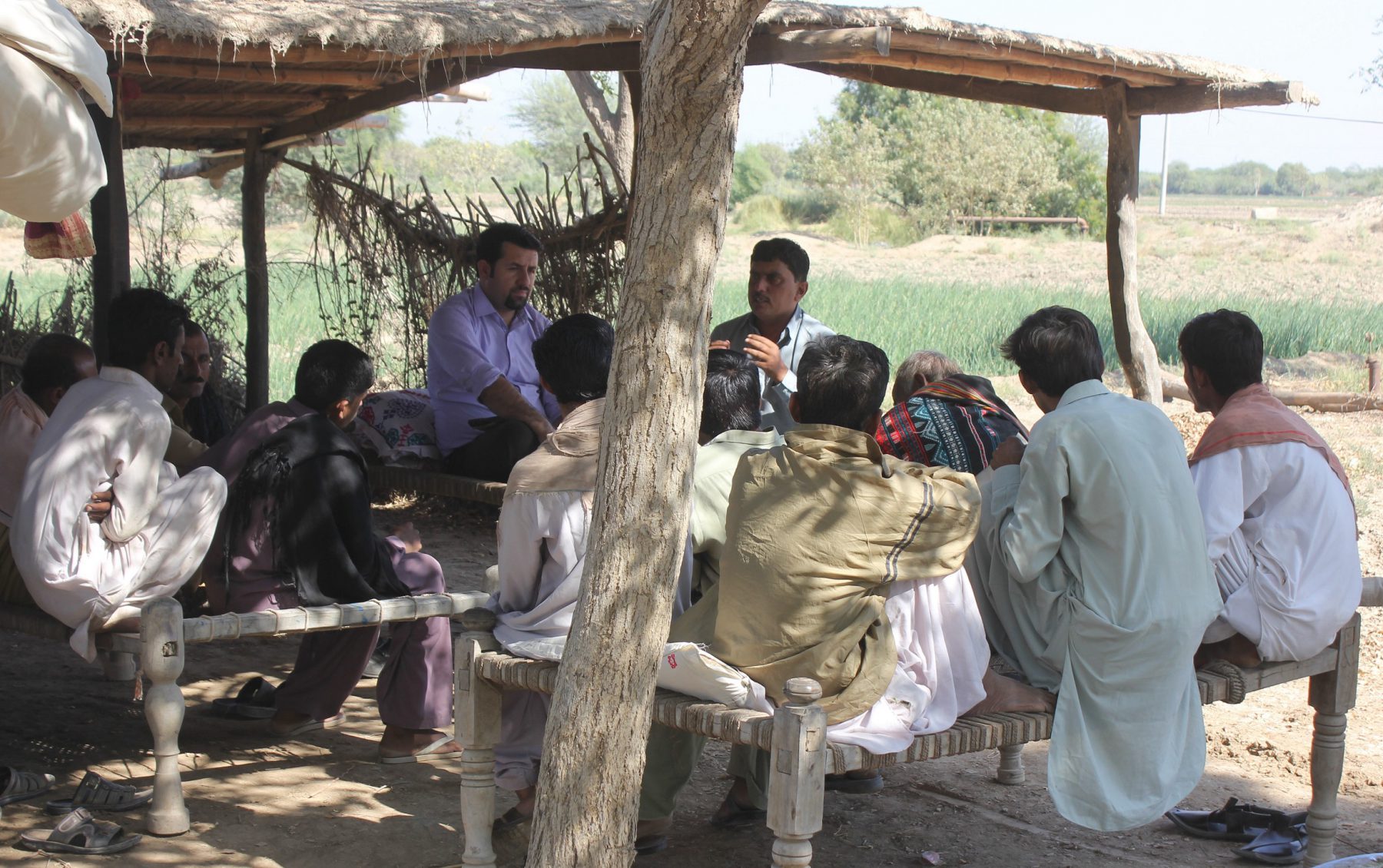Field Notes is a blog series that delves into the implementation and monitoring and evaluation side of SABAQ. We explore Community meetings that are held before a SABAQ Center is opened.
SABAQ has, to date, opened up 545 SABAQ Centers with plans of establishing more in the coming months with its implementing partner, the National Rural Support Program. To think that having a new center opened would still elicit such joy. But after all the work that is done to make sure that it does would convince you otherwise.
One would think that the challenge lay in vetting out the community, where factors like the availability of electricity or having a person who has passed at least 8th grade to be among them to take up a position of a facilitator. The real challenge often lies in convincing community members that SABAQ wants to actively partner with them rather than spin an elaborate spiel and leave before real change starts showing.
To assuage any concerns that natives might have regarding SABAQ, our implementation manager holds a community meetings consisting of 15-20 of the community’s main decision makers. Coordinating these meeting can sometimes be hard, but so well worth it at the end.
If you’re ever been worried about making a first impression, try putting yourself in the shoes of our implementation manager, Shahbull, who leads these meetings. ‘It’s not easy facing 20 people who have probably grown up together and speak a language you don’t understand while you’re convincing them to take a chance on you. They’ve had numerous organizations come to them and promise change so why wouldn’t they have reservations about you? It got better by the fiftieth one though!’ he laughs.
‘I go in to make them understand what our mission is and that they are the ones in-charge of their futures. That SABAQ is only successful and will continue to deliver as long as we work together. What it boils down to, at the end of all these meetings, is behavior change.’
SABAQ ensures sustainability over the long term through a model of participation and contribution where SABAQ Centers are simultaneously managed by a Village Education Committee (VEC). Members of these committee voluntarily take up management and oversight as well as ensure financial sustainability. They look after LC operations including keeping track of facilitator and student attendance as well as preventing drop-outs. They also collect a monthly fee from students, investing the money to improve SABAQ Centers.
So far, not only have we been able to open up SABAQ Centers in villages that we faced reluctance initially, we’ve also been successful in establishing 319 VECs. Now tell me if this isn’t reason enough for us to be happy about?

